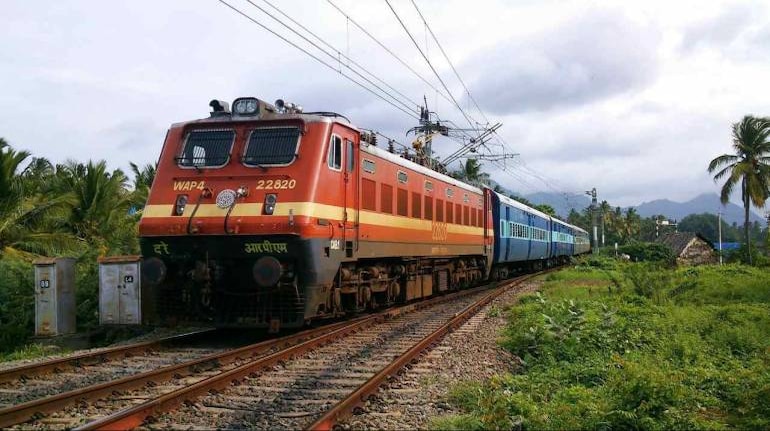The study by Praxis Global Alliance, a leading management consulting and advisory firm, and Zetwerk, an Indian B2B marketplace for manufacturing products and services, highlighted the impact of COVID-19 on the transport sector and shows that the expected annual growth rate for railways will be 10-12 per cent between FY19-24.
The Railways' freight revenue is expected to recover within the next four to five months, but passenger revenue may take more than nine months to revive completely from the effects of the COVID-19 pandemic, a study has found.
The study by Praxis Global Alliance, a leading management consulting and advisory firm, and Zetwerk, an Indian B2B marketplace for manufacturing products and services, highlighted the impact of COVID-19 on the transport sector and shows that the expected annual growth rate for railways will be 10-12 per cent between FY19-24.
It also stated that because of the pandemic some new projects might get delayed due to budgetary constraints and existing projects will also be pushed back owing to labour unavailability.
"Freight revenue is expected to recover within 4-5 months, but passenger revenue may take more than 9 months to recover completely. COVID-19 will impact raw material, equipment, labour availability, and working capital in the short term,” the report stated.
The report states that supply chain linkages and consistent supply of raw material at sites are expected to be achieved by March 2021, when things are likely to normalise.
It also envisages the impact of the capital expenditures of railways leading to delays in its modernisation -- like station modernisation and procuring new rolling stock to be delayed. It also raised concerns of cost escalation due to project delays which would affect margins.
Aryaman Tandon, Director, Praxis Global Alliance commenting on the report findings said, “We have analyzed that the Government is focussing more on EPC (engineering, procurement, construction) projects witnessing a healthy working capital trend in railways. We have also reckoned that the expected annual growth rate for railways will be 10-12 percent between FY19-24”.
“To ensure smooth recovery of the sector, the Government should ensure continuity of CapEx plans and availability of working capital with contractors,” he added.
Railways’ freight loading has already started showing signs of recovery, with both loading and revenue surpassing corresponding figures from the same period last year, this month till September 6, the report said. It said the loading for the current month is 10.41 percent higher than that from the same period last year.
The earnings, meanwhile, are Rs 129.68 crore higher than those from last September, the Railways said.
Currently, the Railways is running 230 special trains after all passenger services were suspended due to the pandemic. Eighty more trains are to be operational from September 12. According to internal estimates, the pandemic is expected to lead to a loss of around Rs 40,000 crore in the passenger segment.








